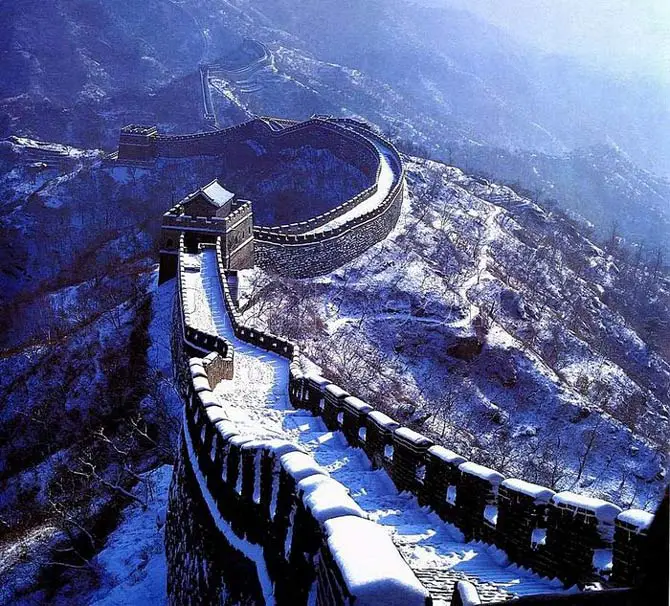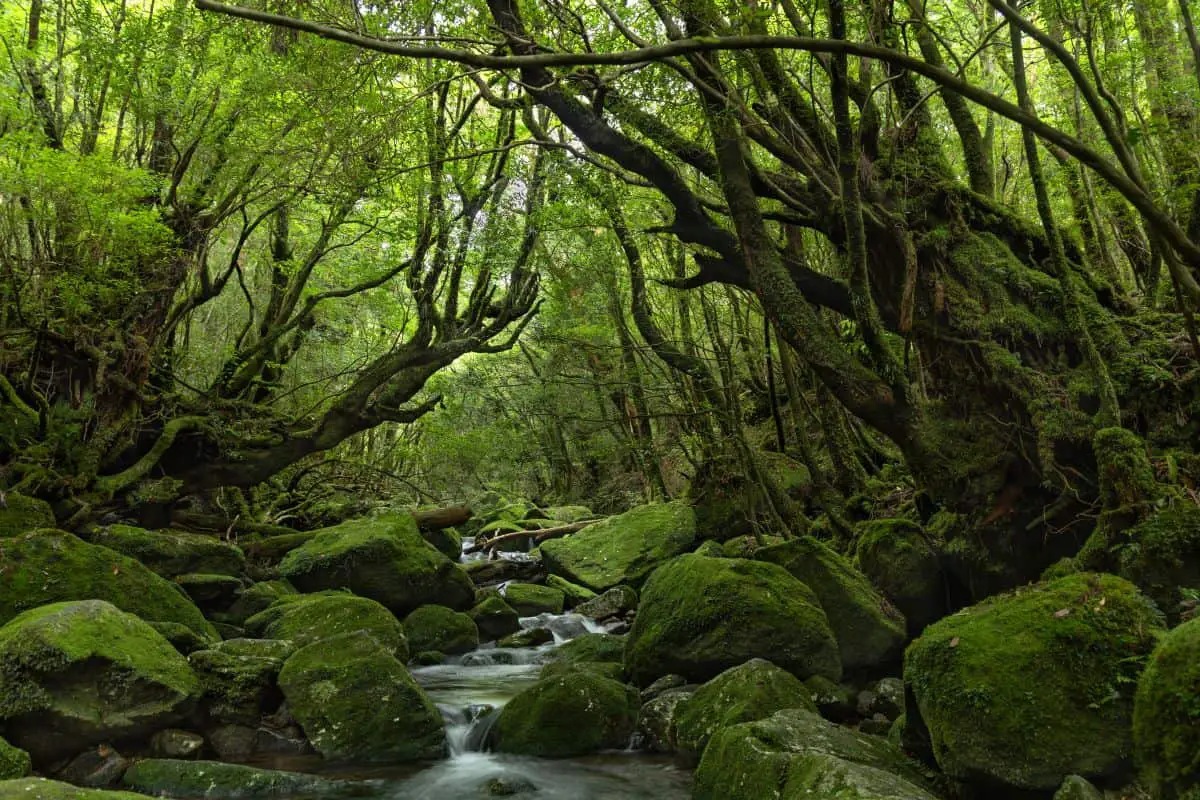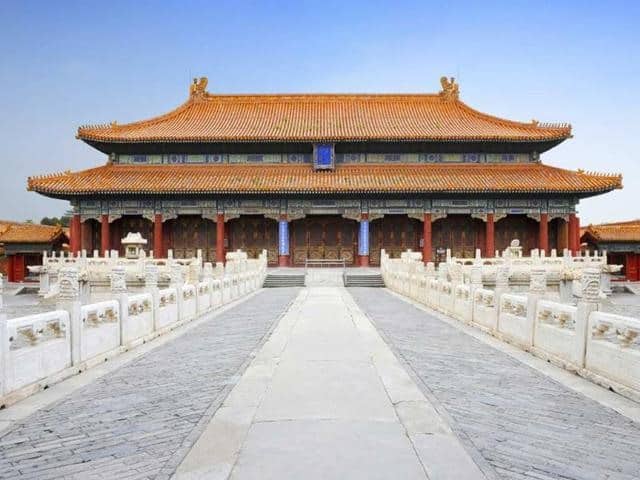The Great Wall of China, a testament to ancient engineering brilliance, earned UNESCO’s esteemed recognition as a World Cultural Heritage in 1987. Spanning millennia, this colossal structure intertwines with China’s history, reflecting both its defensive prowess and the enduring legacy of dynastic civilizations.
Thank you for reading this post, don't forget to subscribe!Historical Foundations
In the 5th century BC, the Great Wall, also known as the Citadel, emerged as a monumental defensive strategy. Crafted to thwart invasions from Huns, Mongols, Turks, and nomadic tribes, its inception sought to fortify Chinese territories against external threats, laying the groundwork for an architectural marvel.


Dimensions and Magnitude
According to a preliminary study published in 2009, the length of the great wall is about 8,850km. But according to newly released data, the Great Wall is 21,196km long. The average height of the wall is 7m, the top of the wall is on average 5-6m wide. The Great Wall begins from Shanhaiguan on the Bohai Sea coast and extends to Lop Nur in the Wuer Autonomous Region in Xinjiang.


The Great Wall in autumn is beautiful and dreamy, full of emotions


The Great Wall is covered with white snow when winter comes.
The Great Wall was built over many dynasties in Chinese history but is divided into five main time periods:
The first section of the Great Wall was built during the reign of Qin Shi Huang, the first Emperor of the short-lived Qin Dynasty. This wall was not built by a group effort but by joining together many sections of city walls in different regions, built during the Warring States period. At that time, people connected the walls together with earth and stone. This great wall is located to the north and a distance away from the current great wall. Currently, only a section of this wall still exists. To connect these great walls together, it is estimated that up to 300 thousand soldiers and countless criminals, officials who made mistakes, scholars who refused to obey orders to burn books… had to do hard labor in the mountains. The forests are endless, the winter is bitterly cold, the water freezes, the air is scorching hot in the summer… There are many theories that up to a million workers died when completing this project.

The next great wall was built during the Han and Sui dynasties with the same design as the Qin dynasty. Also built from stone and soil, the watchtowers were erected several miles apart. The wall sections built during this period have also been greatly damaged by time and the corrosion of wind and rain.
Today’s Great Wall was built during the Ming Dynasty, starting around 1368 and ending in 1640. This wall has 25,000 watchtowers . Just like the first idea when building the wall during Qin Shi Huang’s time, this wall was also built with the purpose of protecting people from the invasion of Mongols and foreigners… The Great Wall under The Ming Dynasty was calculated to start from Shanhai Pass to near Yongbohai and end in Gansu province bordering the Gobi Desert. The Great Wall extends through nine provinces and 100 districts, more than 500km long.

Militarily, the Great Wall was built to divide national boundaries and protect China from invasion by other countries, but in reality, China’s military strategy does not revolve around maintaining the wall. Wall.
In 1644, the Manchus crossed the city wall by bribing an important general, Ngo Tam Que . There is a legend that it took the Manchurian insurgents three days to cross all the passes to enter the city. After being conquered by the Manchus, the wall no longer had any strategic value, largely because the Manchus extended their political control further north, meaning the territory was more extensive than the previous Chinese dynasty.

Currently, many sections of this famous wall have been damaged. Mostly only sections of the wall located in tourism-developed provinces have been invested in restoration, the rest have been left alone. There are even many sections of the wall that were destroyed by local people to use stones to build houses. Besides, the spread of the Gobi Desert also causes the base of the walls to gradually sink. Scientists say only about 20% of the wall is still in good condition.
Legacy and Contemporary Significance
Beyond its historical role, the Great Wall symbolizes the indomitable spirit of ancient China. As a UNESCO World Heritage Site, it beckons modern explorers to traverse its lengths, connecting with the past. Beyond architectural magnificence, the wall offers a profound glimpse into China’s rich cultural tapestry.
Within the shadows of the Great Wall, where each stone whispers tales of dynasties and defenses, a narrative unfolds. UNESCO’s recognition solidifies the Great Wall’s place as a cultural marvel, inviting curious minds to embark on a journey through time and explore the wonders of China’s storied past.











